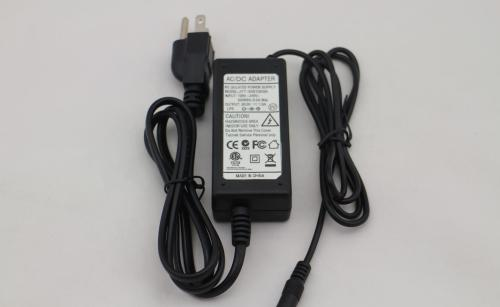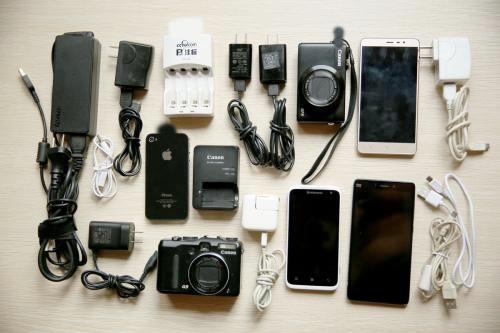Hello, welcome to Shenzhen YuanBo Technology Co., Ltd.!

Tel:189 2284 2045
Industry news
2018/10/29 15:56:50
share to ![]()
![]()
![]()
A power adapter is a converter that converts voltage, rectifies and regulates voltage. The output is DC. It can be understood as a low voltage regulated power supply when the power is satisfied. A charger usually refers to a device that converts alternating current into low voltage DC.
It includes a current limiting, voltage limiting and other control circuits which satisfy the charging characteristics. Now let's talk about what the power adapter is. What is a charger? What is the difference and relationship between them?

The power adapter
Common power adapters on the market are converters that have been converted, rectified and regulated. The output is DC, which can be understood as low-voltage regulated power supply when the power is satisfied.
Power adapters are widely used in routers, telephone masters, game consoles, language repeaters, walkmen, notebooks, mobile phones and other devices. Most power adapters can automatically detect 100 to 240V alternating current (50/60Hz).
Power adapter is a small portable electronic equipment and electronic appliances power supply conversion equipment, it puts the power supply outside, with a line connected to the host, so as to reduce the size and weight of the host, only a very small number of devices and appliances built-in power supply in the host.
It is composed of power transformer and rectifier circuit, and can be divided into AC output type and DC output type according to its output type, and can be divided into wall plugging type and desktop type according to the connection mode. There is a nameplate on the power adapter, which marks the power, input and output voltage and current indicators, especially pay attention to the range of input voltage.

The power adapter
Usually refers to a device that converts alternating current into low-voltage direct current. Charger is a special DC power supply for rechargeable batteries. It includes current limiting, voltage limiting and other control circuits to meet the charging characteristics.
Charger is widely used in various fields, especially in the field of life is widely used in electric vehicles, flashlights and other common electrical appliances. It usually charges the battery directly, without any intermediary equipment or device.
The process of charger is constant current constant voltage trickle flow, three stage intelligent charging. The three-stage charging theory can greatly improve the charging efficiency, shorten the charging time and prolong the battery life. The three stage charging adopts constant current charging and constant voltage charging, and finally adopts floating charge to maintain and charge.
Generally divided into fast charging, recharge charging, trickle current charging three stages: fast charging stage: with a large current to charge the battery to quickly restore battery power, charging rate can reach more than 1C, at this time the charging voltage is low, but will limit the charging current within a certain range of values.
The recharge stage: Compared with the fast charging stage, the recharge stage can also be called the slow charging stage. When the fast charging phase terminates, the battery is not fully charged, and the recharge process needs to be added. The recharge rate generally does not exceed 0.3C. Because the voltage of the battery increases after the fast charging phase, the recharge voltage of the recharge phase should also be increased, and the recharge voltage should be constant within a certain range.
Trickle current charging stage: In the late stage of recharge, when the temperature rises beyond the limit value or the charging current decreases to a certain value, start charging with a smaller current until a certain condition is met and then end charging.